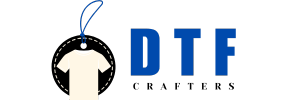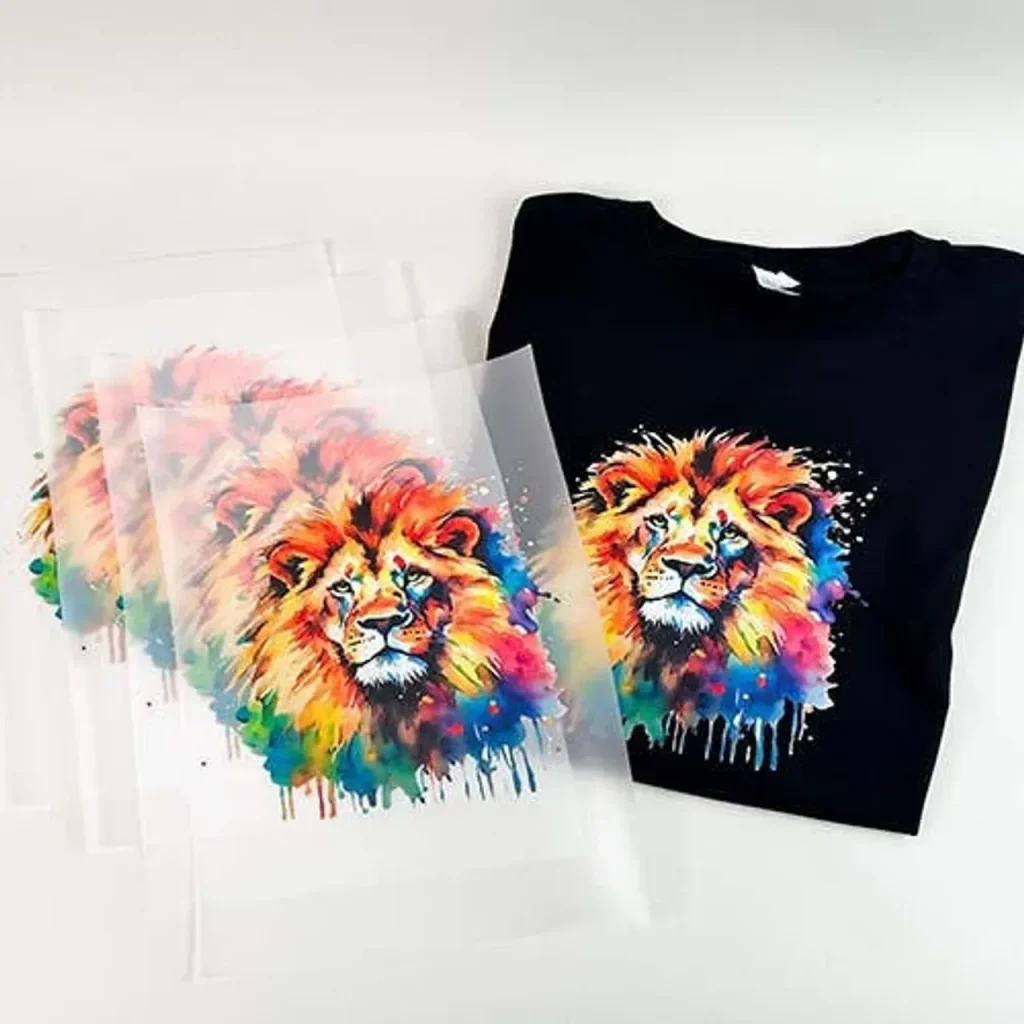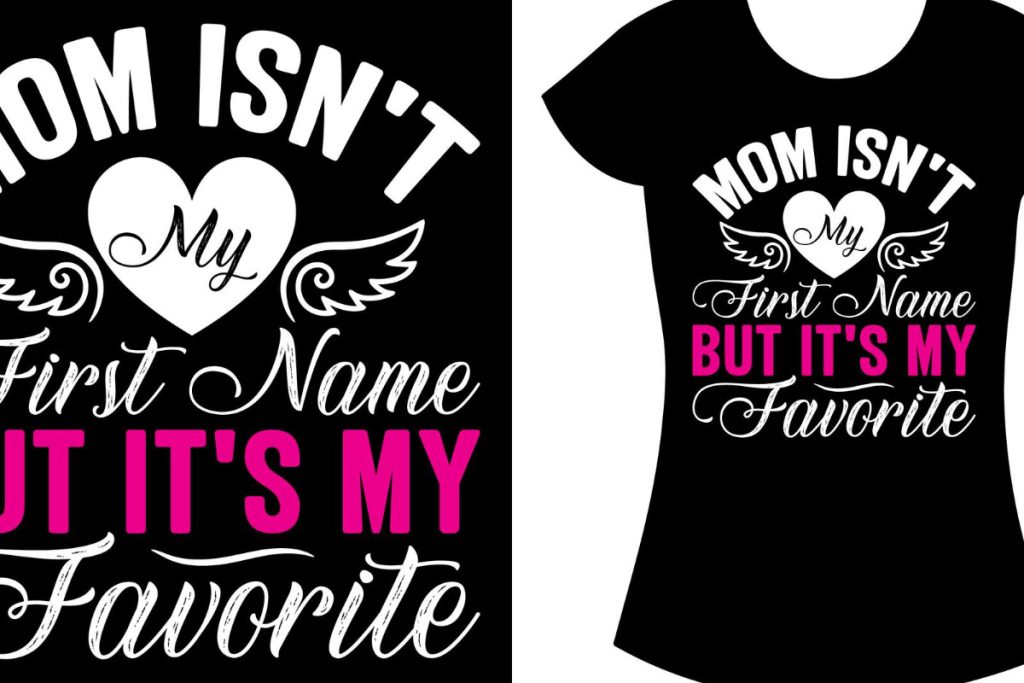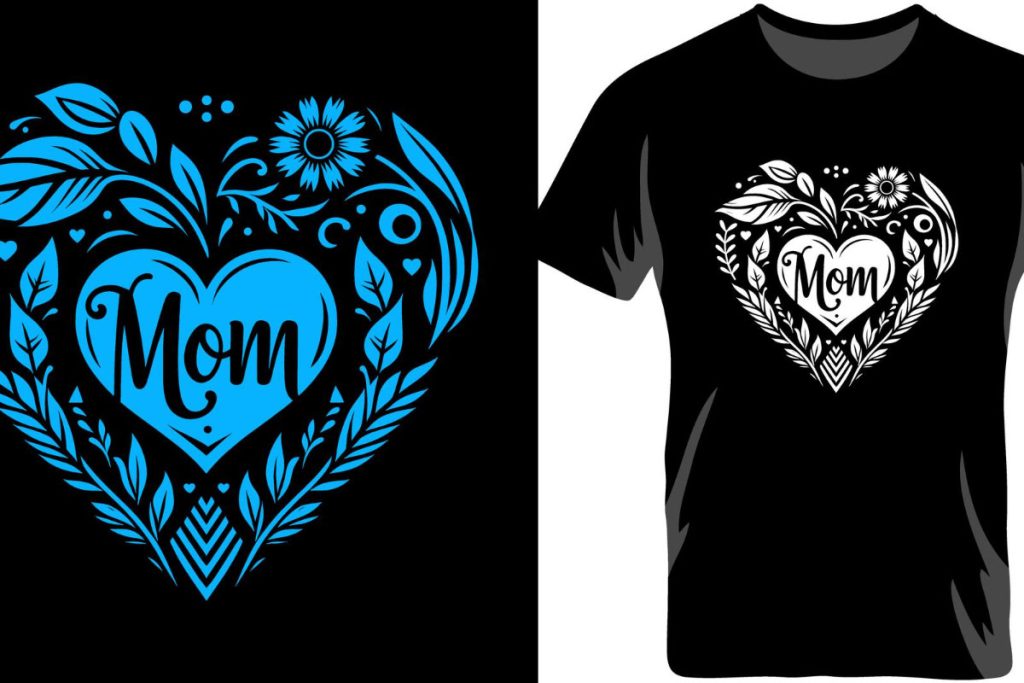DTF transfers, or Direct-to-Film transfers, have transformed the landscape of custom apparel printing by enabling vibrant, high-resolution designs to be seamlessly transferred onto a variety of fabrics. This innovative technique leverages the principles of Direct-to-Film printing, offering unparalleled versatility and efficiency for businesses looking to elevate their printing capabilities. Unlike traditional methods, DTF transfers are designed to produce exceptionally durable graphics that can withstand the test of time, making them a top choice for many creators and entrepreneurs. In this guide, we’ll delve into essential DTF printing tips and techniques, exploring key factors such as film selection and adhesive application that will enhance your printing success. Whether you’re a seasoned professional or a newcomer to custom apparel printing, mastering the art of DTF transfers is sure to expand your creative horizons.
Direct-to-Film transfer technology, often referred to simply as DTF printing, provides artists and businesses with effective means of creating eye-catching apparel designs. By employing specialized transfer techniques, designers can achieve striking imagery on various fabric types, significantly enhancing the customization spectrum. Furthermore, understanding the nuances of DTF film selection can play a critical role in ensuring high-quality outputs and long-lasting results. This modern method stands out from other garment decoration options due to its exceptional ink quality and adherence capabilities, making it ideal for unique custom apparel projects. As we dive deeper into this fascinating subject, you’ll discover valuable insights and practical tips that will guide you in the world of DTF printing.
The Advantages of DTF Transfers in Custom Apparel Printing
DTF transfers have revolutionized the realm of custom apparel printing by providing a seamless blend of quality and convenience. Unlike traditional methods, DTF printing allows for remarkably vibrant prints that adhere exceptionally well to a variety of fabrics. The ability to print intricate designs with impressive detail means that artists and businesses can freely express their creativity while meeting diverse client needs. Furthermore, DTF technology is not limited by the fabric’s color, enabling the transfer of bold designs onto dark material with ease—something that’s traditionally difficult with other printing methods.
In addition to the aesthetic benefits, DTF transfers exhibit remarkable durability. When done correctly, these transfers maintain their color and texture even after multiple washes, offering a long-lasting product that holds its value. The efficiency of DTF printing processes allows for quick turnaround times, making it an ideal solution for businesses looking to fulfill orders rapidly without compromising quality. As the demand for unique and durable apparel continues to rise, DTF printing stands out as a reliable technique that meets the growing market expectations.
Essential Tips for Mastering DTF Printing Techniques
Mastering DTF printing techniques is vital for achieving optimal results and ensuring customer satisfaction. One of the first tips is to invest time in understanding your printer and its capabilities. Different printers may require specific settings or work better with particular types of inks and films. For instance, using high-quality polyester-based inks that are compatible with your chosen DTF films can significantly enhance the final outcome. Regularly calibrating your printer will also help maintain color accuracy, which is essential for meeting client expectations and personal standards.
Another key aspect of DTF printing techniques lies in the application of adhesive powder on the printed film. Proper adhesive application can make all the difference in achieving a flawless transfer. Start by experimenting with various amounts of adhesive to find the perfect balance—too little may lead to peeling, while too much can cause unwanted texture. Mastering these minute details can elevate your DTF transfers, transforming ordinary designs into stand-out pieces.
The Importance of DTF Film Selection for Quality Results
Selecting the right DTF film is a critical factor that can significantly impact the quality of your prints. There are various types of DTF films available, yet those with a matte finish typically enhance ink adhesion and are less prone to peeling. When starting out, consider conducting trials with different kinds of films to gauge how well they perform with your printer and inks. By finding the right film, you can create striking designs that last while minimizing potential mishaps during the transfer process.
Furthermore, paying attention to the characteristics of the film can contribute to overall design fidelity and final product quality. Films vary not only in appearance but also in texture and compatibility with different fabrics. Organizing a comprehensive testing phase that includes multiple films can empower you to make informed decisions for future projects, ensuring that you provide reliable, high-quality apparel that resonates with your target audience.
Optimizing Heat Press Techniques for Perfect Transfers
Mastering heat press techniques is crucial for the success of DTF transfers. The transfer process demands precise temperature and pressure settings, often falling within the range of 320°F to 340°F for about 15-20 seconds. However, these parameters can vary based on fabric type, thickness, and the specific adhesive being used. Therefore, conducting practice runs is fundamental to establishing an optimal heat press routine that yields consistent results across different materials.
Moreover, operators should routinely monitor their heat press equipment to mitigate the risk of heat inconsistencies which can directly affect transfer success. Factors such as uneven pressure distribution or fluctuating temperatures can lead to poor adhesion or faded prints. By maintaining vigilant care and attention to these details, you can ensure that every transfer is executed flawlessly and that your final products reflect the highest standards in custom apparel printing.
Exploring Fabric Compatibility in DTF Printing
Understanding fabric compatibility is integral to successful DTF printing. This versatility allows DTF technology to accommodate a wide array of fabrics, including cotton, polyester blends, and even nylon. However, it’s essential to ensure that the selected fabric can properly hold the transfer; otherwise, you may encounter issues with adhesion or fading post-wash. Before committing to large batch printing, doing small-scale tests on various fabric types can provide insights into what works best for your line.
Furthermore, the compatibility of specific fabrics with DTF transfers can influence your offerings as a custom apparel business. By experimenting with various materials, you can expand your product line and cater to different client needs. This adaptability not only increases customer satisfaction but also enhances your brand’s reputation in delivering quality custom prints that stand the test of time, thus setting you apart from competitors.
Keeping Up with DTF Trends and Resources for Continuous Improvement
As DTF printing continues to evolve, keeping abreast of the latest trends is essential for maintaining a competitive edge. Being informed about new technologies in the DTF landscape will help you enhance your printing techniques. Subscribing to industry publications like Printwear or participating in online forums can provide invaluable insights into current practices and innovations. Utilizing these resources will not only improve your technical skills but also keep your brand relevant in a fast-paced market.
Moreover, staying engaged with DTF communities can lead to collaborative opportunities and shared knowledge, offering different perspectives on challenges commonly faced in DTF printing. Engaging with fellow printers can help you learn effective troubleshooting techniques, discover new suppliers, and exchange tips on optimizing your processes. Establishing these connections can be vital to fostering a culture of growth and innovation in your DTF printing endeavors.
Frequently Asked Questions
What are DTF transfers and how do they work?
DTF transfers, or Direct-to-Film transfers, involve printing designs onto a special film which is then heat pressed onto fabric. The process combines advanced printer technology with high-quality inks to create vibrant, durable graphics that adhere well to various materials, making it ideal for custom apparel.
What are the best tips for successful DTF printing?
To achieve successful DTF printing, it’s essential to invest in specialized printing equipment, use high-quality polyester-based inks, choose the right DTF film, and master heat press techniques. Conducting tests and ensuring fabric compatibility will also help improve the outcome of your custom apparel.
How important is DTF film selection in the printing process?
Choosing the right DTF film is crucial as it impacts ink absorption and the final outcome of the transfer. Matte finish films are preferred for better adherence. Always test different film types to find the best match for your printer and design requirements.
What types of fabrics can I use with DTF transfers?
DTF transfers are versatile and can be applied to various fabric types, including cotton, polyester blends, and nylon. However, it’s important to check fabric compatibility prior to printing to ensure optimal adhesion and avoid any potential fading after washing.
What role does adhesive powder play in DTF transfers?
Adhesive powder is applied to the printed DTF film to ensure that the design adheres properly to the fabric during the heat press process. It’s vital to balance the amount used; too little can lead to peeling, while too much can create unwanted textures on the fabric.
What are the recommended heat press settings for DTF transfers?
For DTF transfers, the recommended heat press settings generally range from 320°F to 340°F for about 15-20 seconds. However, it’s advisable to perform practice transfers to determine the optimal settings for your specific fabric types and designs.
| Key Components of DTF Transfers | Explanation |
|---|---|
| Understanding the Equipment | Invest in a high-quality DTF printer capable of printing white ink and compatible software. A reliable heat press is also essential for even heat application. |
| Ink Quality Matters | Choose high-quality polyester-based inks that provide durability and proper adhesion to fabrics. |
| Choosing the Right Film | Select matte finishes for better ink absorption and reduced peeling. Test different films for optimal results. |
| Adhesive Powder Usage | Proper application of adhesive powder is crucial; avoid both underuse and overuse for the best adhesion. |
| Heat Press Techniques | Monitor temperature and time (320°F to 340°F for 15-20 seconds) to achieve optimal transfer results. |
| Fabric Compatibility | Ensure the fabric type is suitable for DTF printing to prevent issues with adhesion and longevity. |
Summary
DTF transfers are a powerful printing technique that allows for vibrant and durable custom apparel. By unlocking the secrets of DTF transfers and focusing on high-quality equipment, proper ink and film selection, and mastering heat press techniques, businesses can create stunning prints that resonate with customers. It is important to stay updated on current trends in the industry and adapt practices based on evolving technologies. With dedication and exploration, DTF transfers can open up exciting opportunities in the world of fabric printing.



